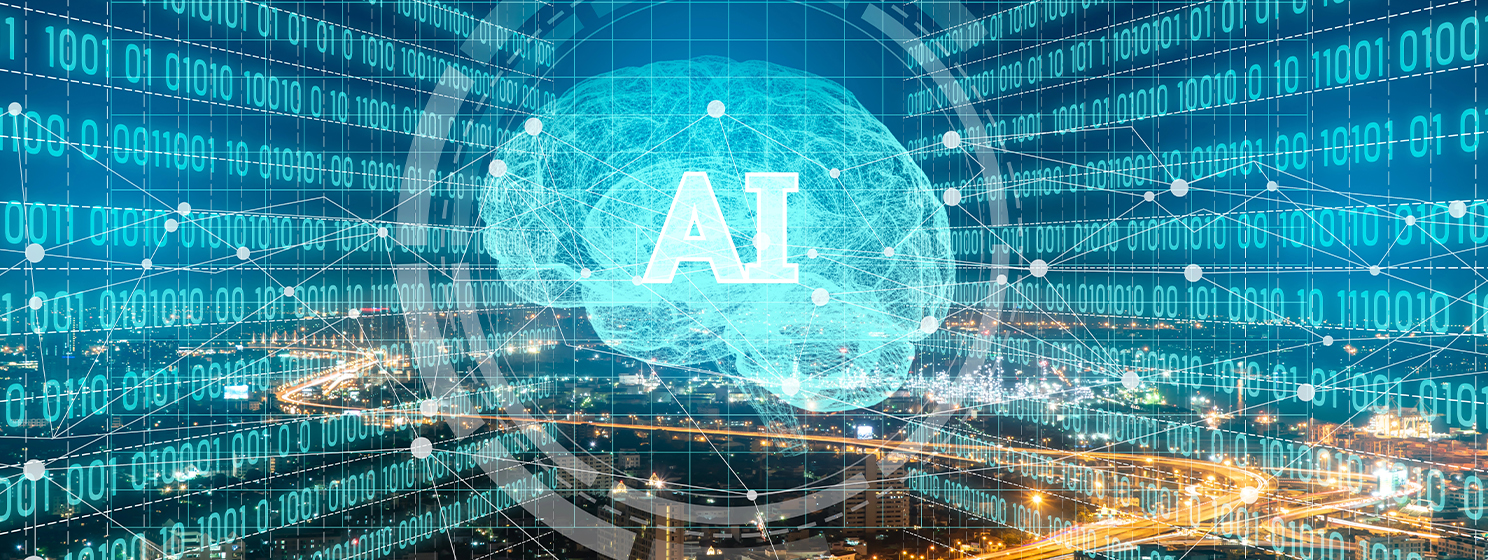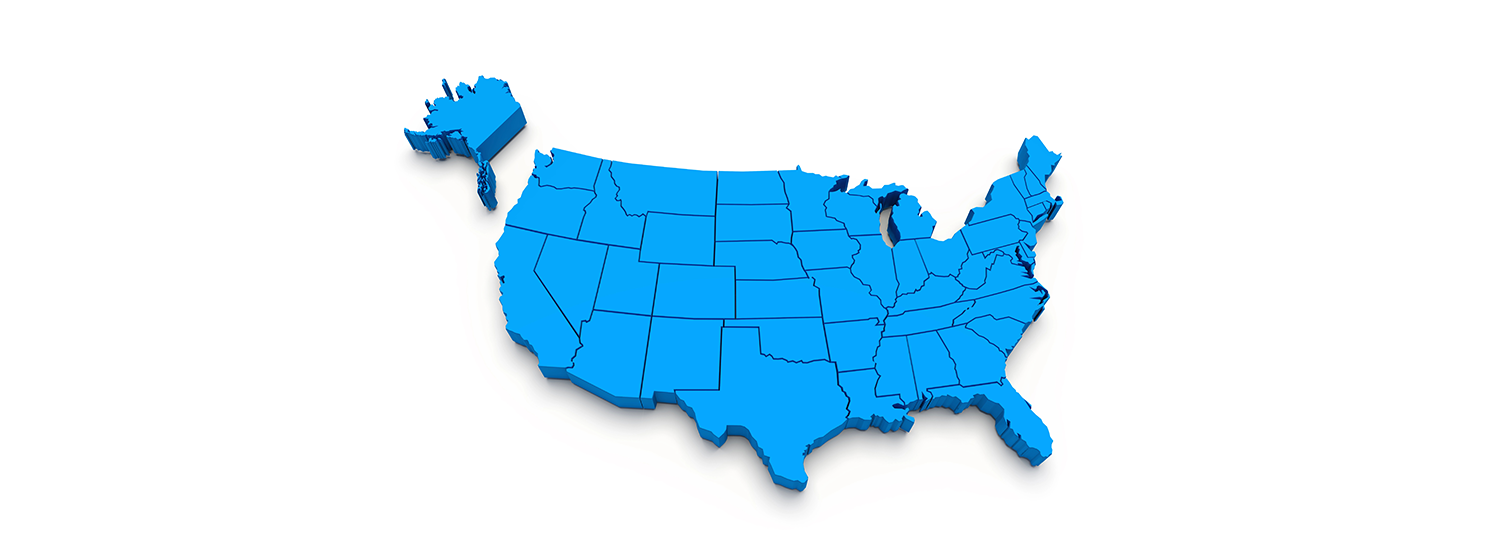|
Getting your Trinity Audio player ready...
|
One of the latest trends in the artificial intelligence (AI) industry is the competition between tech giants to hire talent. This has manifested itself by way of tech giants acquiring promising AI startups, and explicitly hiring and poaching talent from one tech giant to another. But why is this happening?
We have reached a point where companies are trying to position themselves to catalyze the next innovation in AI. Ironically, in an industry obsessed with automating humans out of the loop, it looks like companies are betting on talent being the X-factor in AI innovation, which is why they are trying to steal talent from each other in increasingly aggressive ways.
Why Meta and Google are acquiring AI startups
In the past few months, Meta (NASDAQ: META) has been actively poaching OpenAI researchers, and it’s rumored that it is offering potential and successful hires multi-millions in salary and bonuses. Additionally, Meta recently took a 49% stake in Scale AI and, as part of the deal, added Alexander Wang, Scale AI’s CEO at the time of the acquisition, to Meta’s leadership team to head a new superintelligence research lab.
More recently, Google “acquihired” Windsurf. The deal gives Google a non-exclusive license for certain Windsurf technology, but more importantly—at least for Google—it allowed it to hire Windsurf CEO Varun Mohan, co-founder Douglas Chen, and select members of the coding tool’s research and development team to the Google DeepMind AI division.
Although there are equity stakes or licensing agreements attached to some of these deals, what seems to be of bigger interest to the hiring/acquiring companies is the people involved in the transaction. It seems that the tech giants are currently trying to draft teams responsible for the next leap forward in innovation, which is why they are looking industry-wide, emphasizing some of their biggest competitors, to score the talent they believe will make the difference.
Why tech giants are betting on people
These kinds of moves: poaching, acqui-hiring, lateral hiring, are common when an industry hits an inflection point, usually when the early growth stage is coming to an end and companies enter into a high-competition phase, which typically precedes the industry maturing and consolidating.
It is clear that the AI industry is at this point in its journey. As I’ve explored in previous articles, the industry has stagnated to a degree. What made it possible for companies to achieve success early in their lifespan, which was access to data and hardware, is that it provides diminishing returns, which means something will need to change for AI to get to the next level. At this point, everyone’s looking for the edge, and it seems companies are convinced that the edge will come from who they have, not just what they’re building.
Hardware and data are finite, but human capital and the returns that could come from a single person or a team are potentially limitless, especially in an era where the productization of AI is becoming increasingly important. Those ideas and new features don’t emerge out of thin air; they come from people and teams with years of experience and deep understandings of how AI models work and can be used to solve problems. It’s the capabilities of the people on these teams that can either accelerate or thwart AI’s progress and ability to innovate, which is probably one of the reasons why we see tech giants betting on the idea that someone out there holds the key to unlock the next big innovation or product in AI, which is why they are doing whatever it takes to ensure that person is working for them.AI’s next phase
At this point, the window to compete on foundational models has closed. The war for the “best” AI model has already been won by a small group of companies with significant amounts of computing power, data, and, most importantly, money in the bank. That allowed them to not only pull ahead but also stay ahead.
These are the same companies actively looking for talent and acquisition opportunities at the moment. But because so much of AI’s future is going to be built on top of the few models that are capable of doing the job, it’s going to be hard, maybe even impossible, for other companies to catch up unless they have a war chest that is big enough to absorb the costs associated with owning, operating, and continuing to train and develop an AI model; so where do we go from here? What’s left to compete on?
Beyond competing for talent and given that the war for the “best” AI model is over, the next big battlefront will be productization. The AI industry has promised the world several products that haven’t quite been delivered as promised, AI agents being one of the biggest. Since most of the “best” AI models effectively do the same job and have very similar interfaces, the battle may need to come from entirely new product categories or better user interfaces, which don’t necessarily come from scale or having better data, but will come from the brain of some talented team member or team.
That’s why we’re seeing all of the poaching and acquisition take place, which looks more like drafting a team than they do true M&A. It’s also why we will most likely see this trend continue in the short term, because the next phase of AI won’t be about AI models in particular, but the problems they are solving and, therefore, the real demand they are creating in people’s lives, and that begins with the AI service provider assembling a team who can bring those ideas to life.
In order for artificial intelligence (AI) to work right within the law and thrive in the face of growing challenges, it needs to integrate an enterprise blockchain system that ensures data input quality and ownership—allowing it to keep data safe while also guaranteeing the immutability of data. Check out CoinGeek’s coverage on this emerging tech to learn more why Enterprise blockchain will be the backbone of AI.
Watch | Alex Ball on the future of tech: AI development and entrepreneurship

 01-11-2026
01-11-2026 




